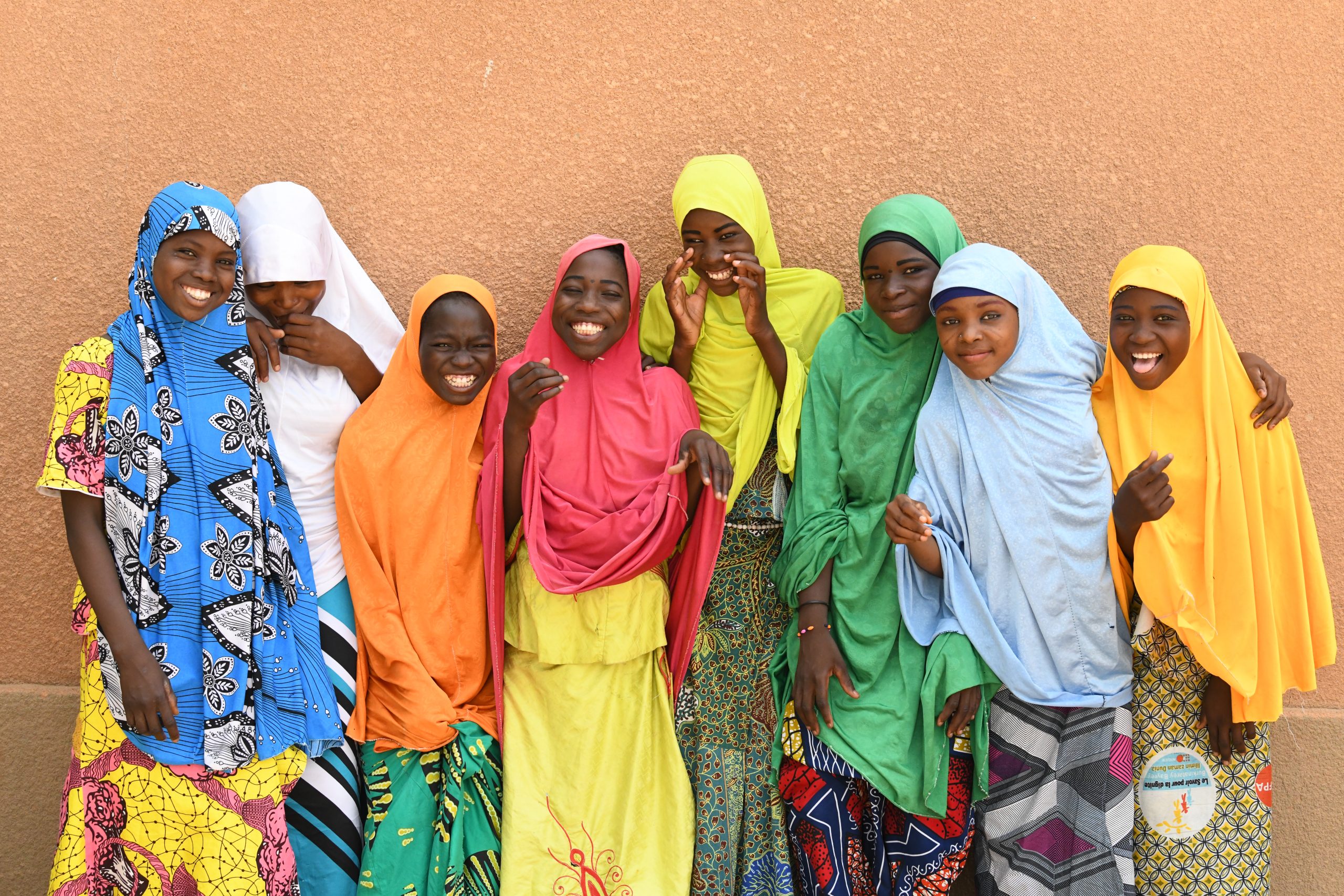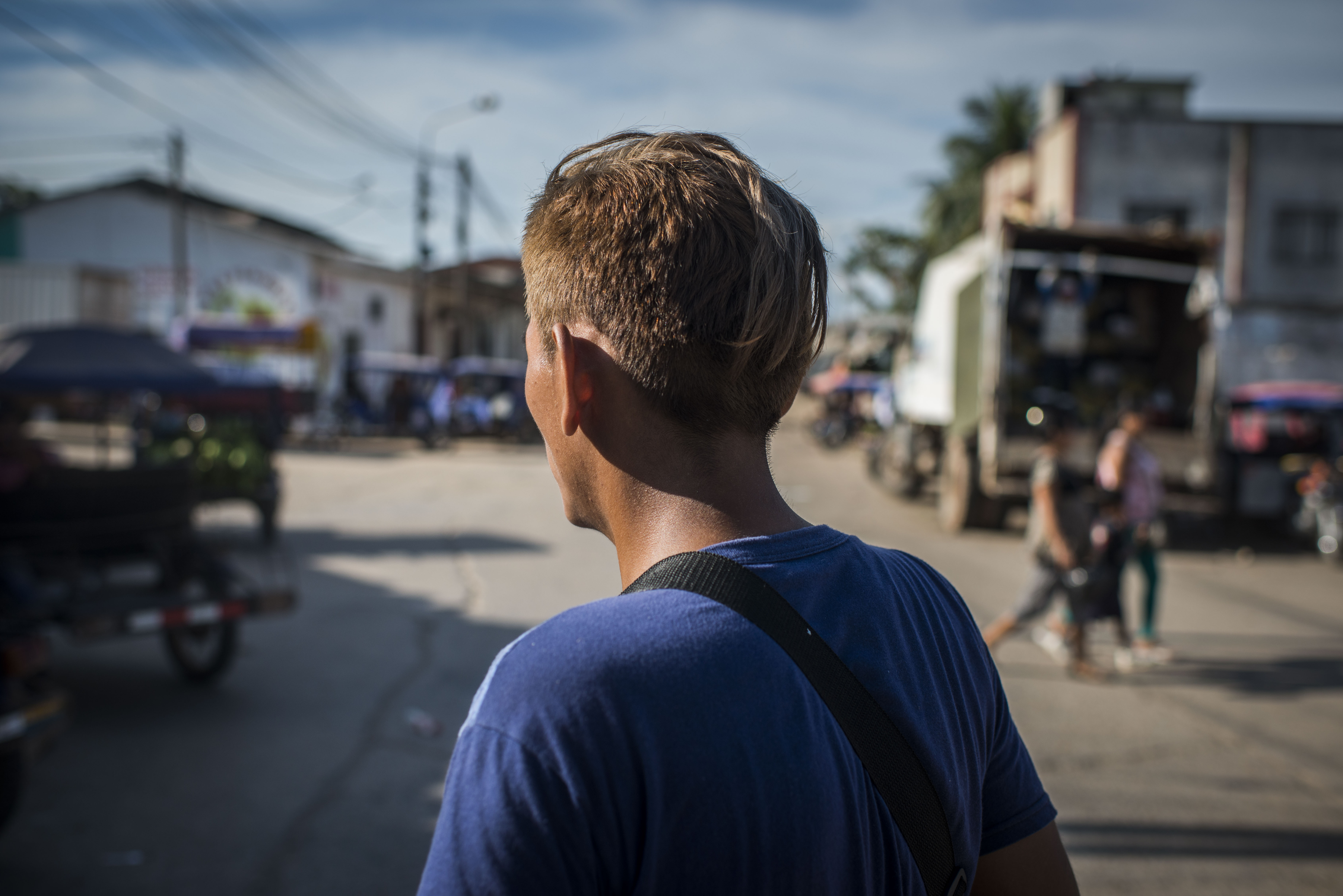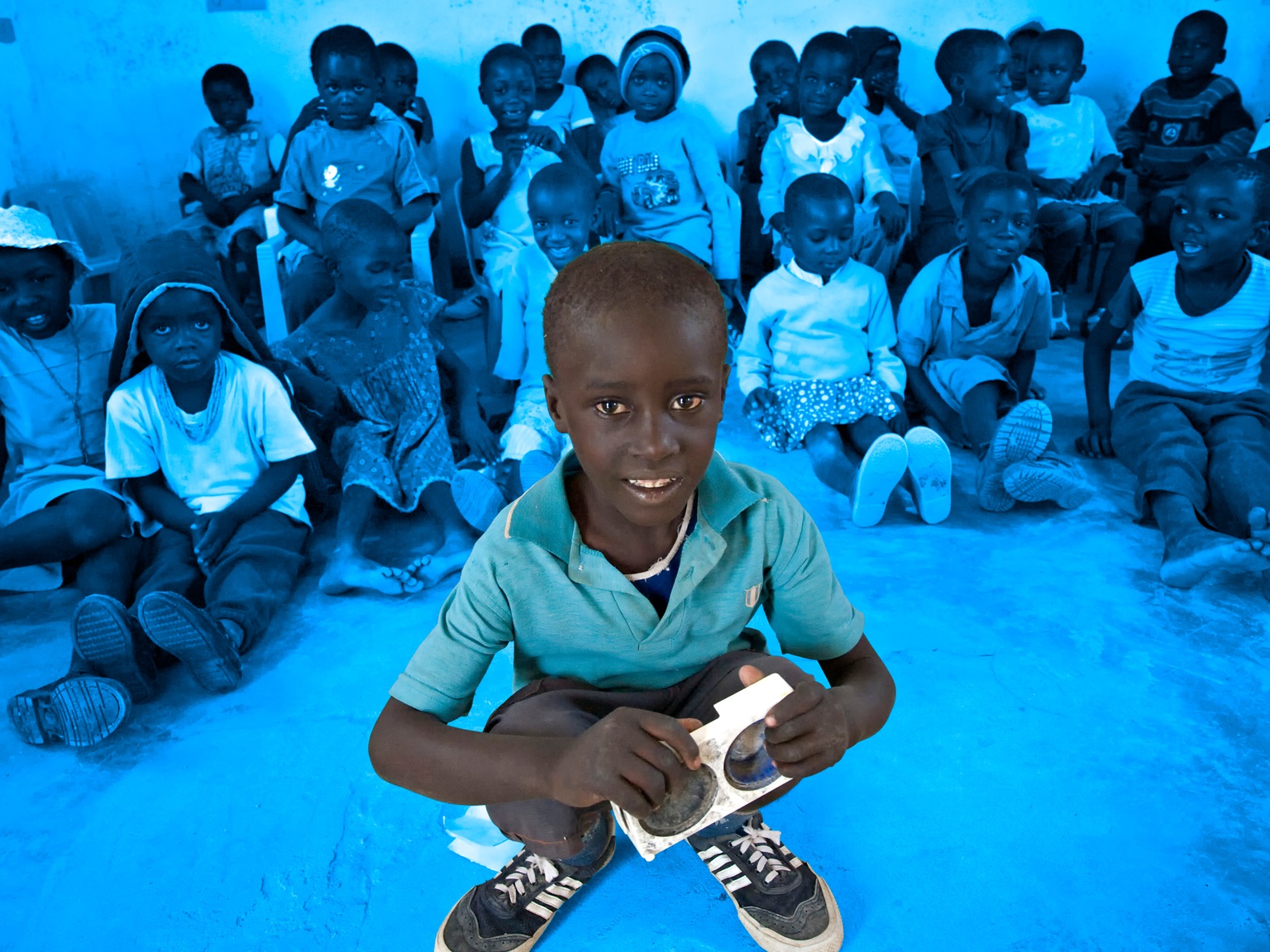The main drivers of the HIV epidemic are influenced by a wide range of gender inequalities. Early and forced marriage, gender-based violence, unequal access to information, including sexual health knowledge, and a lack of negotiating power and economic autonomy are among the factors that place women and adolescent girls at increased risk of HIV infection as well as circumscribe their responses to being infected. At the same time, masculine norms that stigmatise homosexuality and promote promiscuity and substance abuse increase the risk of infection among men and boys.
TEST
Gender disparities in the HIV epidemic begin to emerge during adolescence
In the first decade of life, few gender disparities in HIV infections are observed among children. In 2019, there were 76,000 new infections among boys under the age 9, and 73,000 among girls. Eighty-four per cent of these new infections occurred in Eastern and Southern Africa and West and Central Africa, with the distribution of new infections between boys and girls being almost the same.
Gender disparities in the HIV epidemic begin to emerge during adolescence. In 2019, around 130,000 [25,000-250,000] adolescent girls between the ages of 10 and 19 were newly infected with HIV compared to 44,000 [6,800-110,000] boys of the same age. Girls therefore accounted for 75 per cent of new HIV infections among adolescents, globally. However, the distribution of infections by sex varies significantly by region and mode of HIV transmission, reflecting differences in risk behaviours and gender norms in these regions. New infections tend to disproportionately affect girls in countries with an HIV epidemic driven mostly by heterosexual intercourse or where transactional sex is prevalent. Such is the case in Eastern and Southern Africa and in West and Central Africa, where girls account for 83 per cent and 78 per cent, respectively, of new HIV infections among adolescents aged 10-19.
In countries where the HIV epidemic is more concentrated around men who have sex with men or people who inject drugs, a greater proportion of new infections occur among boys. Thus, in East Asia and the Pacific, boys account for 65 per cent of new HIV infections among adolescents.
HIV incidence has fallen in many countries because adolescents and young people are adopting safer sexual practices. In several countries, risky behaviour is on the decline, including sex with multiple partners, the initiation of sex before age 15, and sex without condoms. However, in Sub-Saharan Africa, the region with the highest number of HIV-positive adolescents worldwide, only 38 per cent of girls and 52 per cent of boys aged 15-19 who have had sex with a non-regular partner used a condom. And fewer than a third of adolescent girls and boys aged 15-19 have comprehensive knowledge of HIV. While adolescent girls are more likely to have gotten tested and received the results within the last year, level are low for both sexes in the region.
Globally, progress is being made to prevent mother-to-child transmission of HIV – but some regions lag behind
Curbing HIV infections of girls and adolescents is particularly important in the prevention of mother-to-child transmission of HIV. In 2019, it was estimated that 1.3 million [980,000-1.6 million] pregnant women globally were living with HIV – approximately 90 per cent of whom reside in sub-Saharan Africa. Due in part to greater HIV testing coverage, 85 per cent of pregnant women living with HIV globally were receiving effective antiretroviral medicines for the prevention of mother-to-child transmission (PMTCT) – but with significant regional disparities that range from 95 per cent in Eastern and Southern Africa to 52 per cent in Middle East and North Africa.
About 90 per cent of HIV infections in infants and children are passed on from their mothers during pregnancy, delivery or breastfeeding, and half of all infants infected with HIV are likely to die before their second birthday if they do not receive treatment. Thus, expanding HIV testing, counselling, safe delivery practices and lifelong treatment for pregnant women and their newborns is critical for the health and well-being of all children.
Gender and HIV data
Build and download your own customisable dataset
Resources



Additional external resources
UNAIDS, Reaching out to men and boys – Addressing a blind spot in the response to HIV, Geneva 2017